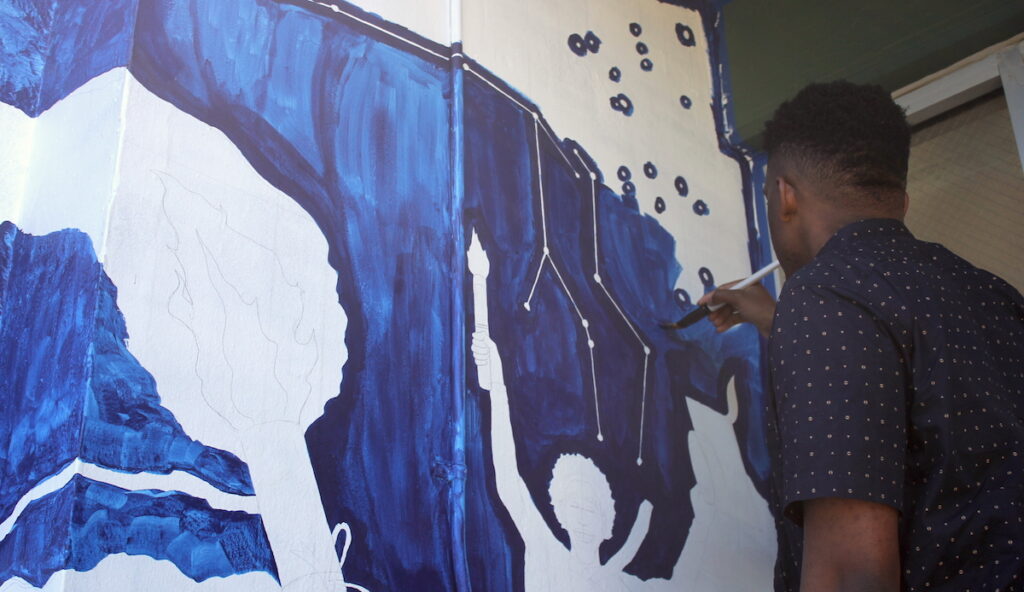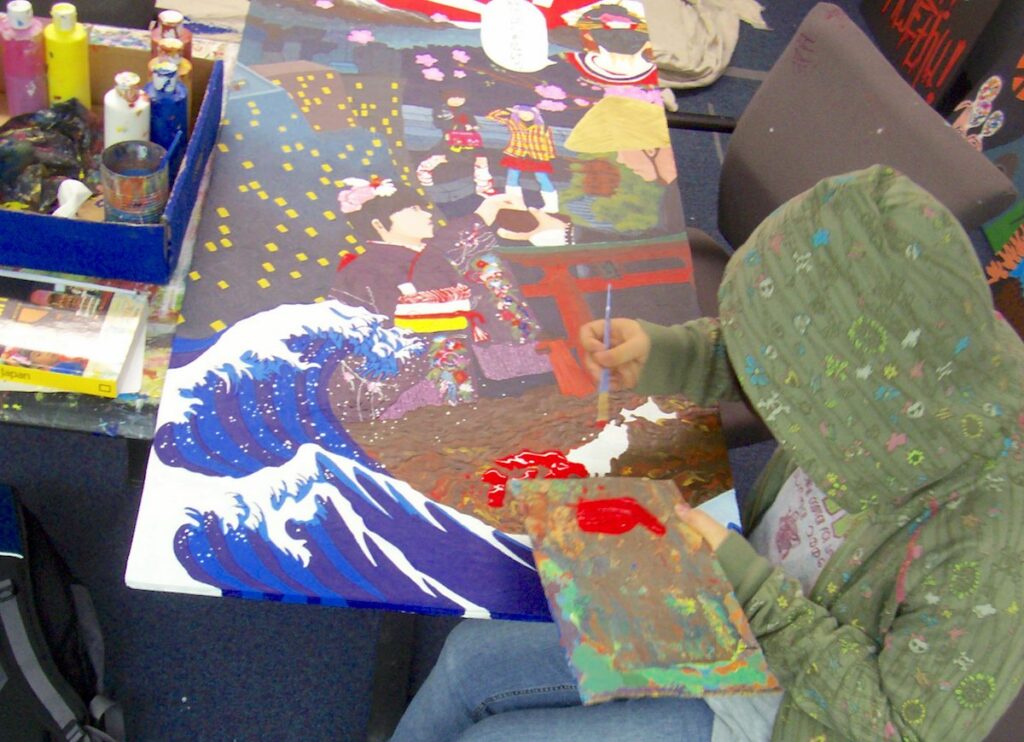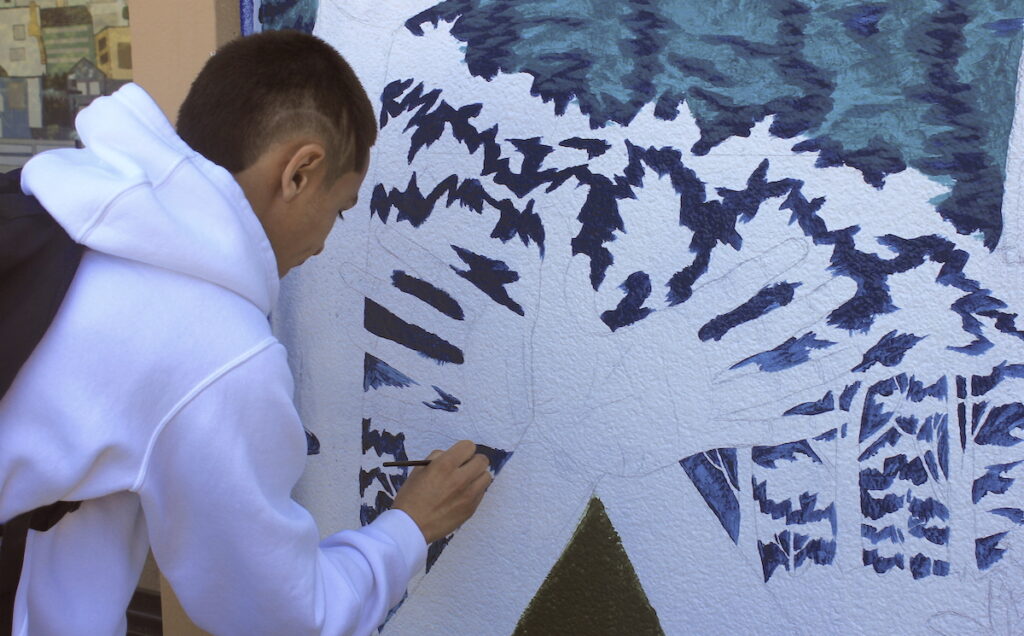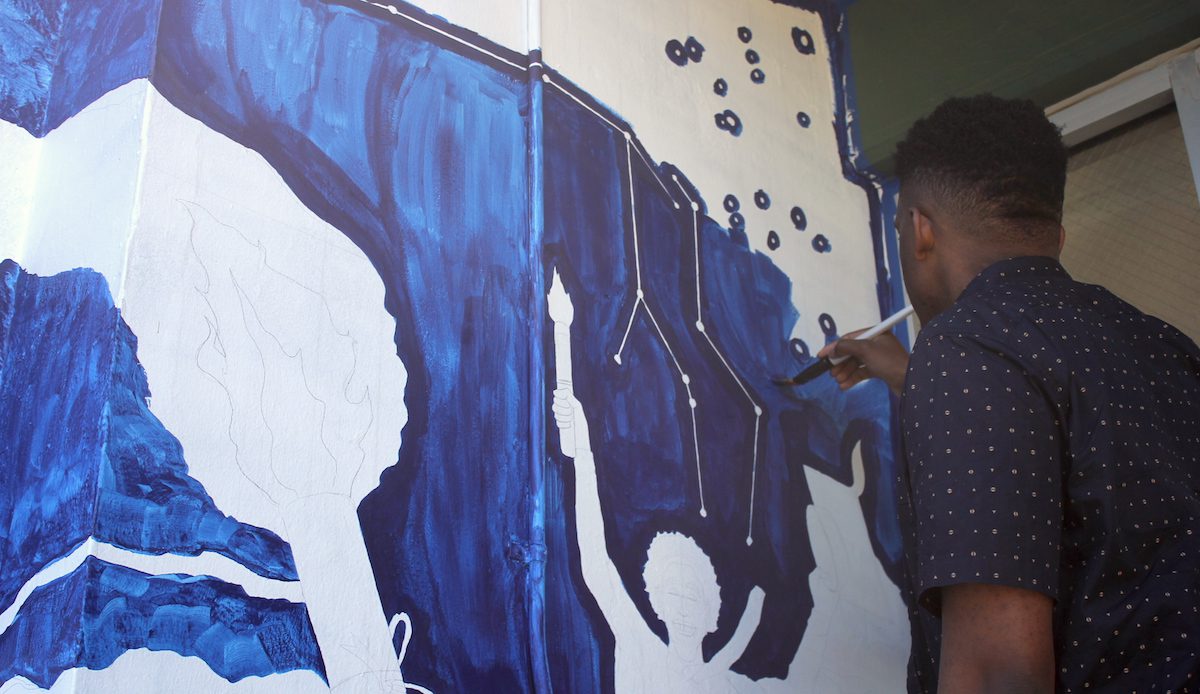The term “rigor” in education has been a buzzword for at least a decade. It describes the result of work that challenges students’ thinking in new and interesting ways. Promoting rigor in the classroom requires expectations and experiences that are academically, intellectually, and personally challenging.
Let’s look at how to cultivate a culture of rigor in the classroom.

1. Start by Building Strong Relationships
The relationships we have with students play a significant role in their investment in our classes. Students won’t work for teachers they don’t like. This doesn’t mean we need to try and be friends or “act cool” with students. However, it does mean our students’ perception of us matters. They need to know we believe in them.
Trust, respect, and relationships are paramount from elementary through high school. The article “Trust in Schools: A Core Resource for School Reform” in Educational Leadership reveals this idea. Authors Byrk and Schneider studied 400 Chicago elementary schools and found relational trust played a central role in effective education. Byrk and Schneider found schools where students trusted their teachers demonstrated much higher marked improvements (8 percent in reading and 20 percent in math) than schools lacking trust.
Educators who build trust with their students will be able to push them further. If students know their teacher genuinely cares about their academic and personal success and is willing to work with them to meet their goals, they are more likely to take those extra steps.
In other words, students not only need high expectations, but they also need to believe they can reach them.
2. Make Sure You are Differentiating for All Students
Finding an effective way to challenge each student is key. For example, my nephew is in 5th grade but reads at a high school level. Reading even the advanced books available in his classroom may not be enough of a challenge. To provide a rigorous experience, his teacher needs to seek out appropriate challenges. Students should be encouraged to compete with themselves, constantly striving to achieve higher skills and understanding.
On the flip side, I have students walk into my room every year on day one and proclaim, “I’m going to fail art. I can’t even draw a stick figure.” Does that mean I should lower my expectations? Absolutely not. The key here is to start small and build their skill sets slowly. We must nourish little successes to build confidence. If students have little or no confidence, they certainly are not going to engage in rigorous material.
Differentiation is essential to ensure each student has personalized goals to strive toward.

3. Provide Choice and Relevant Assignments
Students are more willing to challenge themselves when they engage in meaningful work. Students need to investigate issues they relate to, or practice art forms they find relevant and exciting. Some of my most successful units in high school are graffiti-inspired and those that give students the chance to voice their opinions on social issues. Students want their education to be something they can relate to, something that stimulates their passions, and something meaningful. To increase rigor, we have to assess our levels of relevance. Incorporating many layers of choice allows students to gravitate toward their own most inspired path.
Relevance can also be closely related to fun. Mixing up the ways students grapple with assignments and content challenges them to engage differently. Incorporate games with partners and in small groups. If students finish something early, provide exciting extra skill-building tasks. Be creative. We are artists leading other artists. Ask yourself what kinds of activities you would find fun and make you want to push yourself. Then, see if you can bring a version of that to your students.
4. Maintain High Expectations
In my classroom, when I give an assignment, no one is finished until the due date. Ever. If there are two weeks allotted for work, students know I expect them to work for two weeks straight. One student might finish one project in that time frame while another finishes seven. I place a high value on work habits, making it a specific part of my rubric. Because of this, students don’t argue about the policy. They know if they take a day off, it will be reflected in their grade.
Students learn early on in the school year it is not just about “getting it done,” but about seeing how far they can go and how much they can improve.

Final Thoughts
Rigor is essential in school and life. Cultivating our students’ desires to challenge and push their intellect and abilities is what leads to powerful learning experiences. There are no prescribed formulas to increasing rigor. Throwing extra steps in assignments, carelessly raising the level of difficulty, or pounding students with stacks of homework is not effective. In the article, “A New Definition of Rigor,” Edutopia.org blogger, Sztabnik, asserts, “Rigor is a result, not a cause.”
As you look to develop rigor in your students, make sure you’re building relationships and providing relevant challenges they want to rise and meet. In this way, you’ll take your students from a “get ‘er done” approach to something much more meaningful: a desire to put forth their best effort.
What does rigor mean to you?
What other ways do you inspire rigor in your students?
Magazine articles and podcasts are opinions of professional education contributors and do not necessarily represent the position of the Art of Education University (AOEU) or its academic offerings. Contributors use terms in the way they are most often talked about in the scope of their educational experiences.





